26
2013Nikon AF-S 16-35mm f/4G ED VR Review
This little beauty arrived this Tuesday! There are plenty of lab grade reviews of this lens already, hence this one will be focused on real-life performance and what I personally consider relevant information.
I’ll be using this ultra wide angle lens for interior photography as well as architectural photography. I came to realize my Nikon 24mm f/2.8D wasn’t quite wide nor versatile enough. After using this amazing piece of equipment for a couple of days I’ve also understood that there is such a thing as extremely high corner sharpness. All jokes aside, this is a tremendously sharp lens. Assuming you don’t use your ultrawide angle lens primarily for action photography, f/4 is quite sufficient. Especially with the Vibration Reduction (VR), allowing shutter speeds as low as 1/4 s, something I definitely wasn’t able to do without a tripod on any other wide angle lens.
As I was quite aware of prior to buying the lens, there’s a fair amount of distortion at 16mm, that is, however, easily corrected in Adobe Photoshop/Lightroom. Edge-to-edge sharpness truly is unlike anything I’ve ever experienced on a ultrawide angle zoom before. There are even quite a few people claiming superior edge sharpness to the almighty Nikon AF-S 14-24mm f/2.8G, a lens I’ve had little time to play around with myself.
Three obvious advantages for the 16-35mm f/4 VR in comparison to the 14-24mm f/2.8:
1) A more versatile arrange of focal lengths. 14-24mm is a tad bit wide to use as a walk-around lens.
2) It takes 77mm filters, in comparison to no filters at all with the 14-24mm.
3) Vibration Reduction (VR) technology. Allowing sharp hand-held shots down to 1/8 s, easily, 1/4 s with some concentration.
My Auto ISO settings are currently set to a lowest shutter speed of 1/16 s, which, assuming the target is stationary, is more than enough to get truly sharp shots in most situations.
While it is sharp wide open, it gets even sharper at smaller apertures, peaking around f/8-f/11. There’s a certain ‘punch’ to the contrast and colors with this lens, a quality that is definitely up there with the true professional FX lenses. When it comes to build quality I have little negative to say. It is built to last, that much is clear. Though parts of the lens are plastic it is still of the durable sort, that will most likely last as long as any pure magnesium alloy construction. Also, unlike metal, plastic is unlikely to dent, rather it will bounce and hopefully remain intact and undented. I wouldn’t have any second thoughts using this lens in slightly damp or rainy conditions.
There isn’t much of a tendency for lens flares, even with a bright shining sun in the image. Which is a big plus since the 14-24mm f/2.8 has that flaw in certain conditions. The few times I have run into lens flares they’ve been quite manageable, and in most cases not showing much at all. One thing I’ve noticed is how well the images from this lens take to sharpening. While not much additional sharpness is required you can crank the lever up quite heavily before it begins to show in a negative sense, which to me is usually a sign of a good lens. I’ve been using the lens on a Nikon D700, but I imagine it’d be even more stellar on the ultra high-resolution D800.
The autofocus, from what I can tell so far, is great. Fairly fast and very accurate. Having a built-in focus engine it will work just fine even on Nikons cheaper models, though I wouldn’t really recommend using this lens on a DX format camera. Seeing as there are cheaper alternatives that will work about as well with that sensor size, such as the Nikon AF-S 18-55mm VR, or the Nikon AF-S 17-55mm f/2.8 DX, if you have the wallet for it.
I have a feeling this lens is one I’ll still be using many years from now, both professionally and privately. It’s an excellent lens to walk around in the city with, due to reaching as far as 35mm, which I personally consider the perfect focal length for street photography, while still retaining the ultrawide angle of 16mm for those close-quarter shots. However I think there is room in my camera bag for a Sigma 35mm f/1.4 DG HSM in the future, seeing as it is probably the sharpest 35mm prime available right now (also, it is extremely good looking in my opinion).
Conclusion
The Nikon AF-S 16-35mm f/4G ED VR is the sharpest ultrawide angle lens I have ever had the pleasure of working with. It is perfect for interior, architectural and landscape photography, both due to its focal length coverage as well as its edge-to-edge sharpness wide open. The VR technology is way more useful than I had ever imagined it would be. It is something I mainly considered useful at tele range, but that has proven to be very useful at all focal lengths. It is extremely useful to be able to get crispy sharp shots hand-held at 1/4 s and 1/8 s shutter speeds, something I never would have imagined possible prior to using this lens. I highly recommend this lens to anyone interested in an extremely sharp, affordable, ultrawide angle zoom lens. Distortion is very noticeable at 16mm, but stepped down to 20mm it’s barely visible anymore. Regardless, it is very easily fixed in post-production in Adobe Photoshop/Lightroom , and unless you’re taking shots of brick walls or portrait close-ups you’re unlikely to be disturbed all that much by it.

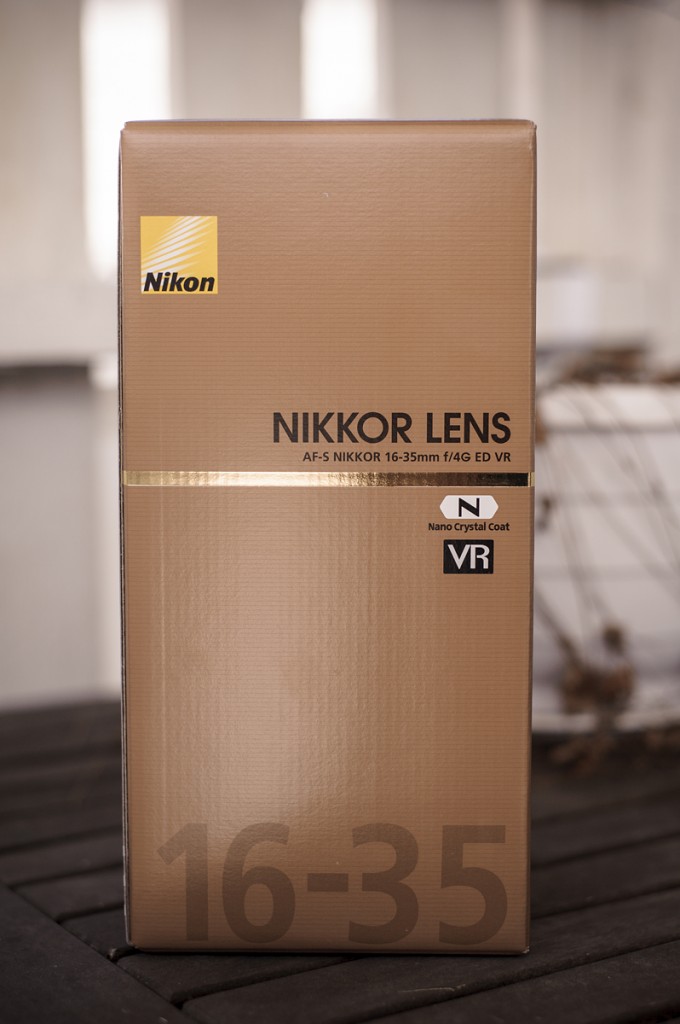
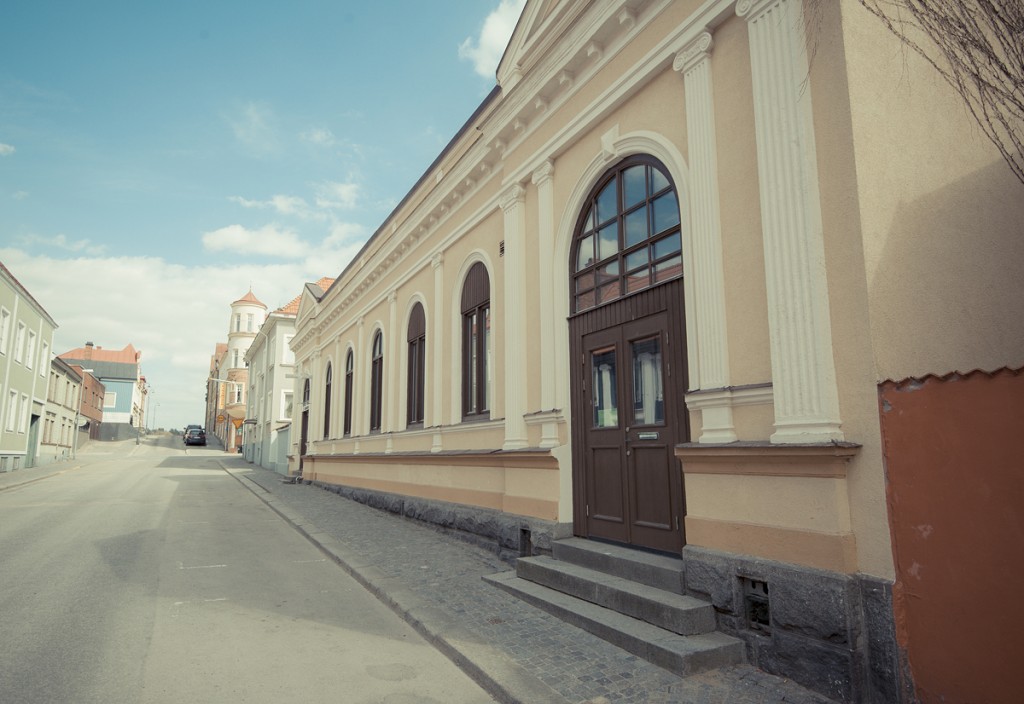
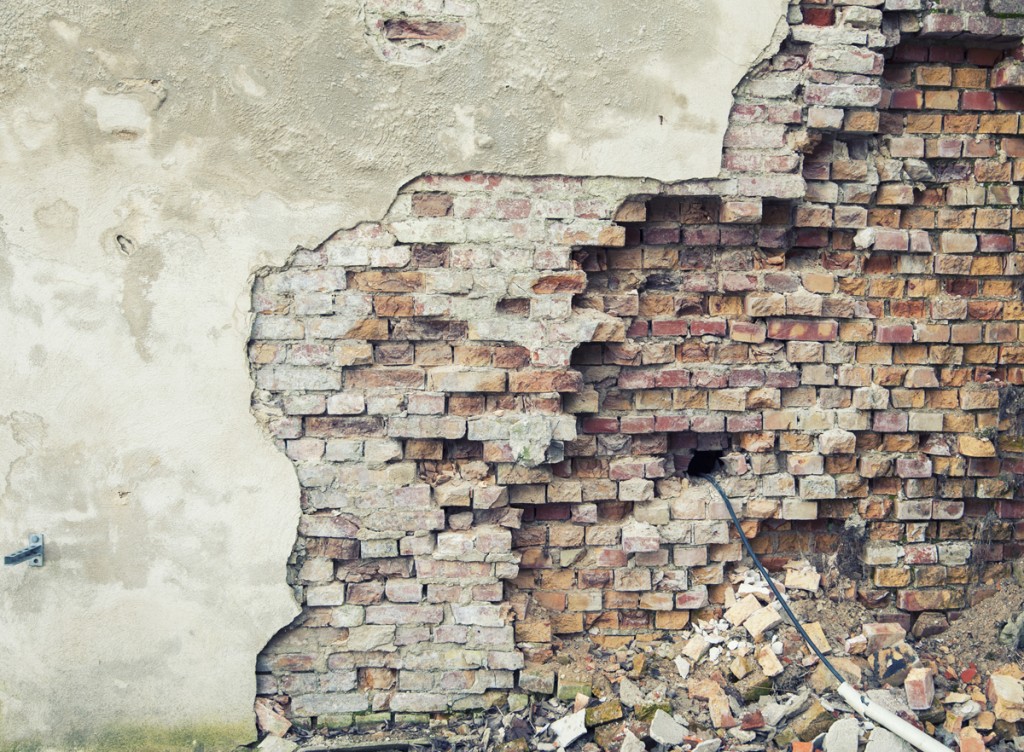
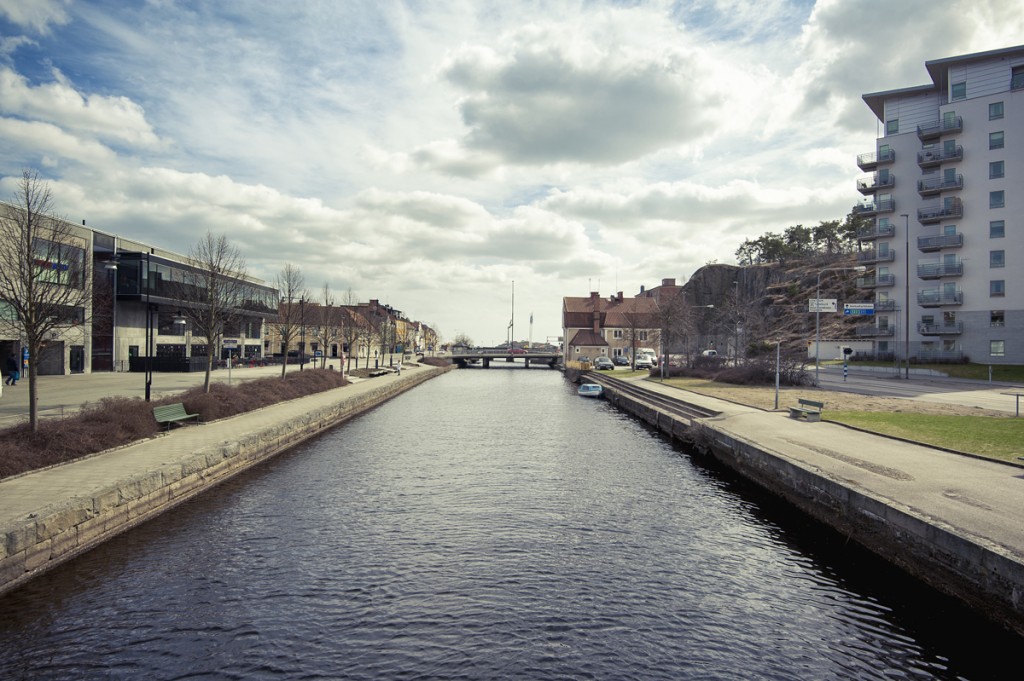
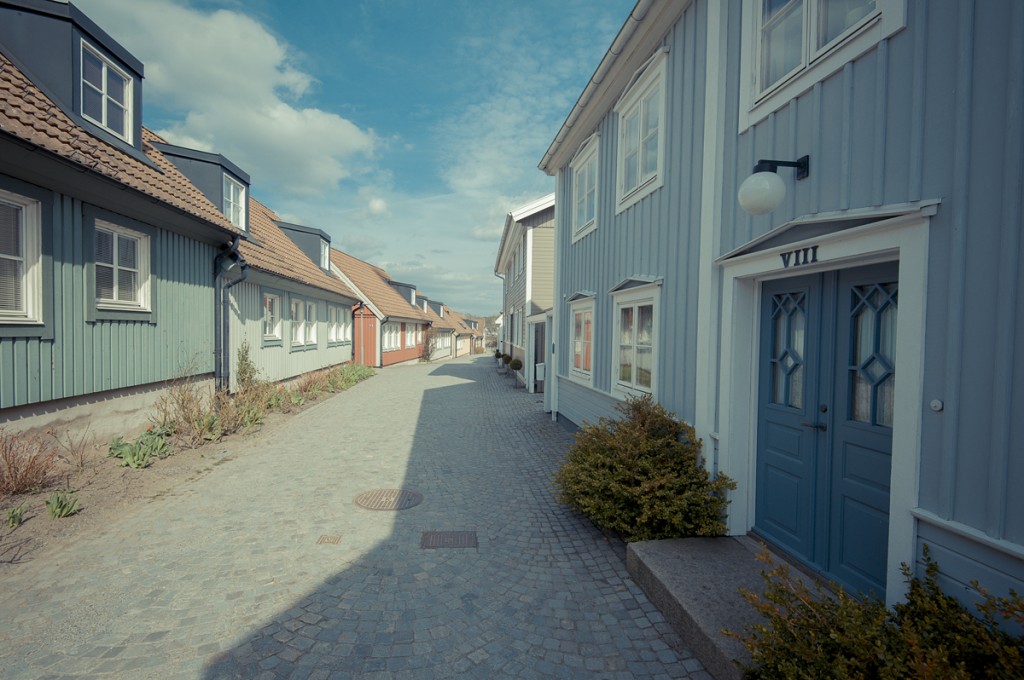
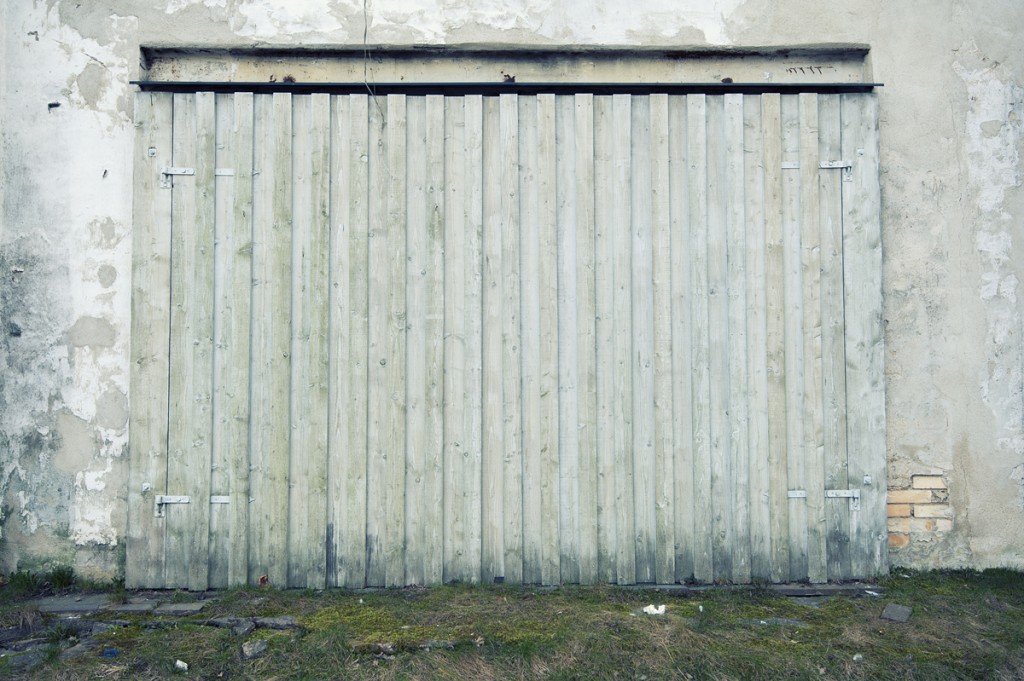
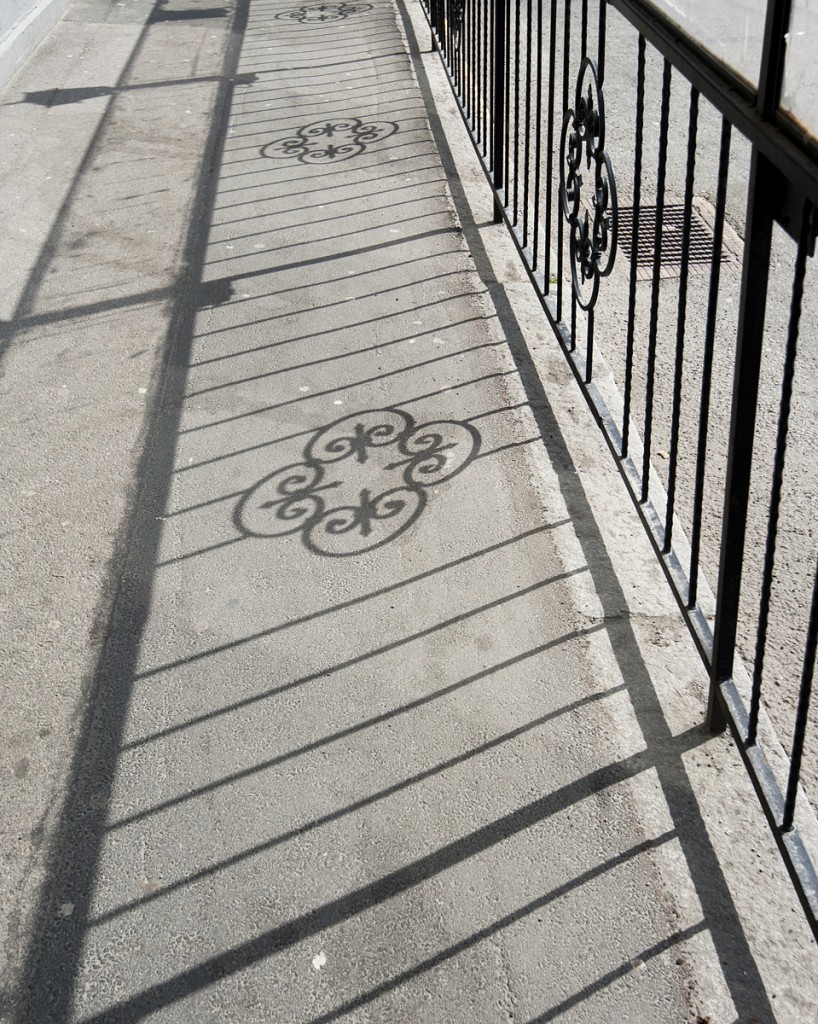
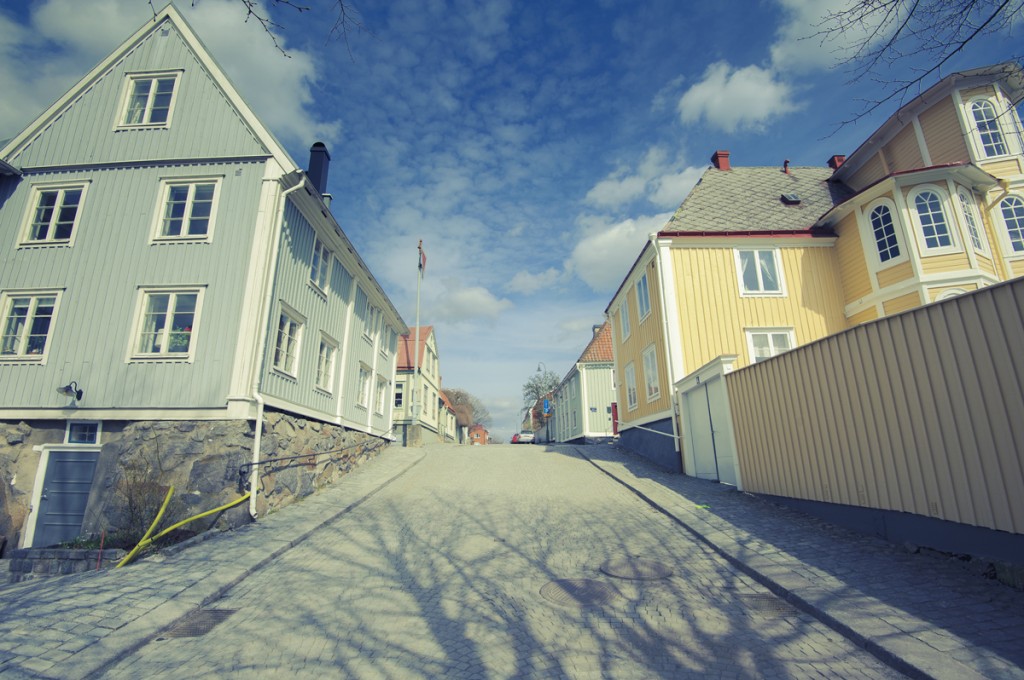
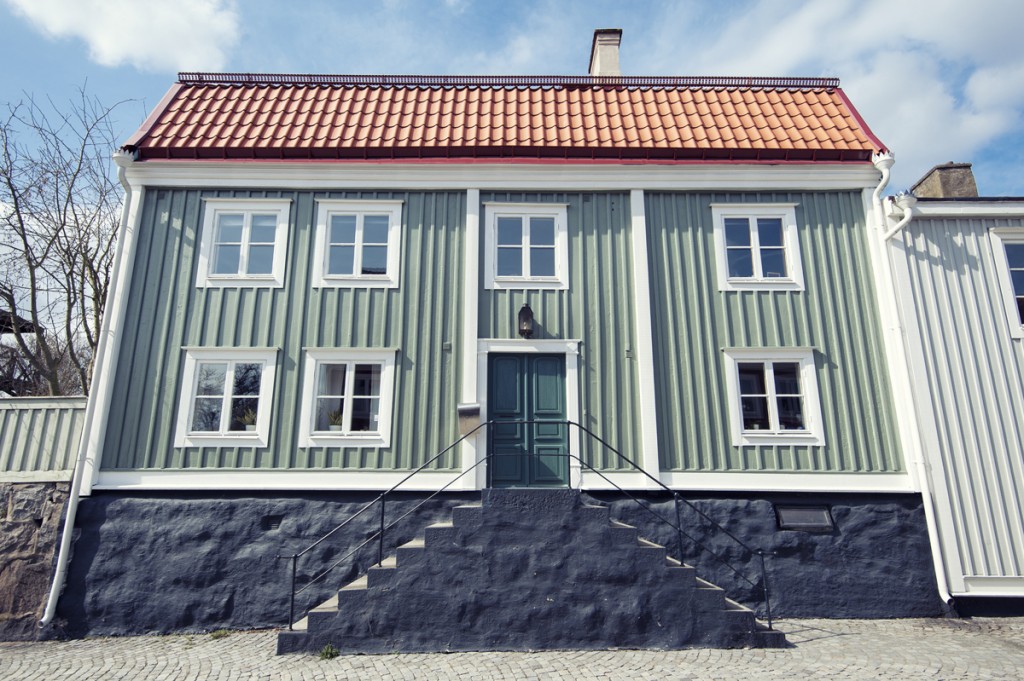
Recent Comments